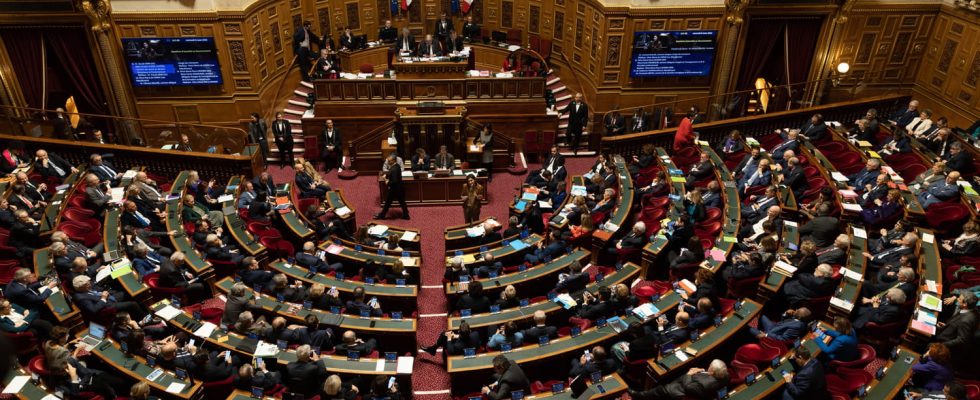Half of the Senate is renewed this Sunday, September 24: 50 territories are affected by the election.
The senatorial elections took place this Sunday, September 24, 2023, the date on which the electoral colleges were convened. In the departments concerned where elections take place by majority vote, the first round is open from 8:30 a.m. to 11:00 a.m. The second round of voting takes place from 3:30 p.m. to 5:30 p.m. In departments where the vote was based on proportional representation, voting takes place from 9 a.m. to 5:30 p.m. Elections generally take place in the capital of the department concerned and in embassies for senators representing French people abroad.
The Senate website provides practical and useful information on this election, starting with information on the candidates and the results. Find them below:
Which departments are affected by the senatorial elections?
44 constituencies in France are affected by the senatorial election, those in “series 1”. The following departments are concerned: Indre-et-Loire, Isère, Jura, Landes, Loir-et-Cher, Loire, Haute-Loire, Loire-Atlantique, Loiret, Lot, Lot-et-Garonne, Lozère, Maine-et-Loire, Manche, Marne, Haute-Marne, Mayenne, Meurthe-et-Moselle, Meuse, Morbihan, Moselle, Nièvre, the North, Oise, Orne, Pas-de-Calais, Puy-de-Dôme, Pyrénées-Atlantiques, Hautes-Pyrénées, Pyrénées-Orientales, Savoie, Paris, Seine-et- Marne, Yvelines, Essonne, Hauts-de-Seine, Seine-Saint-Denis, Val-de-Marne, Val-d’Oise, Guadeloupe, Martinique, Réunion, Saint-Pierre- and Miquelon, Mayotte, New Caledonia. 6 constituencies of French people living abroad are also concerned.
There are two voting methods for senatorial elections. In some of the constituencies, the two-round majority vote applies. To be elected, a candidate must obtain an absolute majority, with a number of votes equal to a quarter of registered voters. If a second round is necessary, the relative majority is sufficient. In the event of a tie in the number of votes, the oldest candidate is elected. In constituencies electing 3 or more senators, the voting method is different: proportional representation applies.
Unlike deputies, senators are not elected by all citizens. They are in fact designated by indirect universal suffrage, by the “electors”. This electoral college is made up of elected officials, who are the result of direct universal suffrage. Namely: deputies, senators, regional advisors of the department concerned, advisors of the Corsican Assembly, departmental advisors. But most of the electors are the delegates of the municipal councils: they alone represent 95% of the 162,000 people making up the electorate. This year, nearly 87,000 voters were called to the polls for the senatorial elections.
It’s a term that is used often. “Senatorial delegate” simply means a voter in the senatorial election. The number of senatorial delegates in a department depends on the number of inhabitants in the municipalities of the territory. The law sets things as follows:
- In municipalities with less than 9,000 inhabitants, the following are designated: 1 delegate for municipal councils of 9 and 11 members, 3 delegates for councils of 15 members, 5 delegates for councils of 19 members, 7 delegates for councils of 23 members, and 15 delegates for the councils of 27 and 29 members.
- In municipalities with 9,000 to 30,000 inhabitants: it’s quite simple, all municipal councilors are senatorial delegates
- In municipalities with more than 30,000 inhabitants, all municipal councilors are delegates, but the latter elect additional delegates at a rate of 1 per 1000 inhabitants above 30,000.
